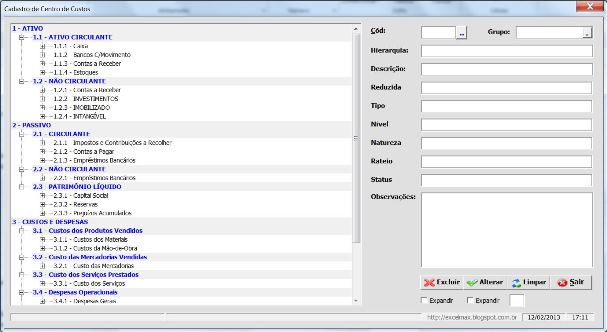

Setting the TreeNode.Checked property from within the BeforeCheck or AfterCheck event causes the event to be raised multiple times and can result in unexpected behavior. The Checked property is set to true for tree nodes that are in a checked state. To display the check boxes, set the CheckBoxes property of the TreeView to true. Tree nodes can optionally display check boxes. You can also call the TreeNode.Toggle method to alternate between the expanded and collapsed states. You can collapse the child TreeNode level by calling the TreeNode.Collapse method, or the user can press the minus-sign (-) button, if one is displayed next to the TreeNode. To expand all the child tree node levels in the Nodes collection, call the ExpandAll method.

The user can expand the TreeNode by clicking the plus-sign (+) button, if one is displayed next to the TreeNode, or you can expand the TreeNode by calling the TreeNode.Expand method. Tree nodes can be expanded to display the next level of child tree nodes. Private ArrayList customerArray = new ArrayList() Create a new ArrayList to hold the Customer objects. Protected ArrayList custOrders = new ArrayList() Reset the cursor to the default for all controls. TreeView1->Nodes->Nodes->Add( gcnew TreeNode( customer2->CustomerName + "." + order1->OrderID ) ) Order^ order1 = safe_cast(myEnum->Current) IEnumerator^ myEnum = customer2->CustomerOrders->GetEnumerator() Add a child treenode for each Order object in the current Customer object. TreeView1->Nodes->Add( gcnew TreeNode( customer2->CustomerName ) ) Add a root TreeNode for each Customer object in the ArrayList.Ĭustomer^ customer2 = safe_cast(myEnum->Current) Clear the TreeView each time the method is called. Suppress repainting the TreeView until all the objects have been created. ::Cursor::Current = gcnew System::Windows::Forms::Cursor( "MyWait.cur" ) Display a wait cursor while the TreeNodes are being created. IEnumerator^ myEnum = customerArray->GetEnumerator() Ĭustomer^ customer1 = safe_cast(myEnum->Current) įor ( int y = 0 y CustomerOrders->Add( gcnew Order( "Order " + y ) ) Add orders to each Customer object in the ArrayList. Add customers to the ArrayList of Customer objects.įor ( int x = 0 x Add( gcnew Customer( "Customer " + x ) ) Ref class Customer: public System::Object It also requires that you have a cursor file that is named MyWait.cur in the application directory and that you have created an instance of a TreeView control on a Form. This example requires that you have a Customer object that can hold a collection of Order objects. The repainting of the TreeView is suppressed by using the BeginUpdate and EndUpdate methods, and a wait Cursor is displayed while the TreeView creates and paints the TreeNode objects.

In this example, 1,000 customers are displayed with 15 orders each. The root tree nodes display customer names, and the child tree nodes display the order numbers assigned to each customer.
#Excel treeview code#
The following, more complex code example displays customer information in a TreeView control. TreeView1.Nodes(0).Nodes(1).Nodes(0).Nodes.Add("Great Grandchild") TreeView1.Nodes(0).Nodes(1).Nodes.Add("Grandchild")

' Populates a TreeView control with example nodes. Populates a TreeView control with example nodes. The following code example demonstrates the use of the TreeView control. Public class TreeView : type TreeView = classĬlassInterfaceAttribute ComVisibleAttribute DockingAttribute Examples In this article public ref class TreeView : System::Windows::Forms::Control public class TreeView : Displays a hierarchical collection of labeled items, each represented by a TreeNode.


 0 kommentar(er)
0 kommentar(er)
